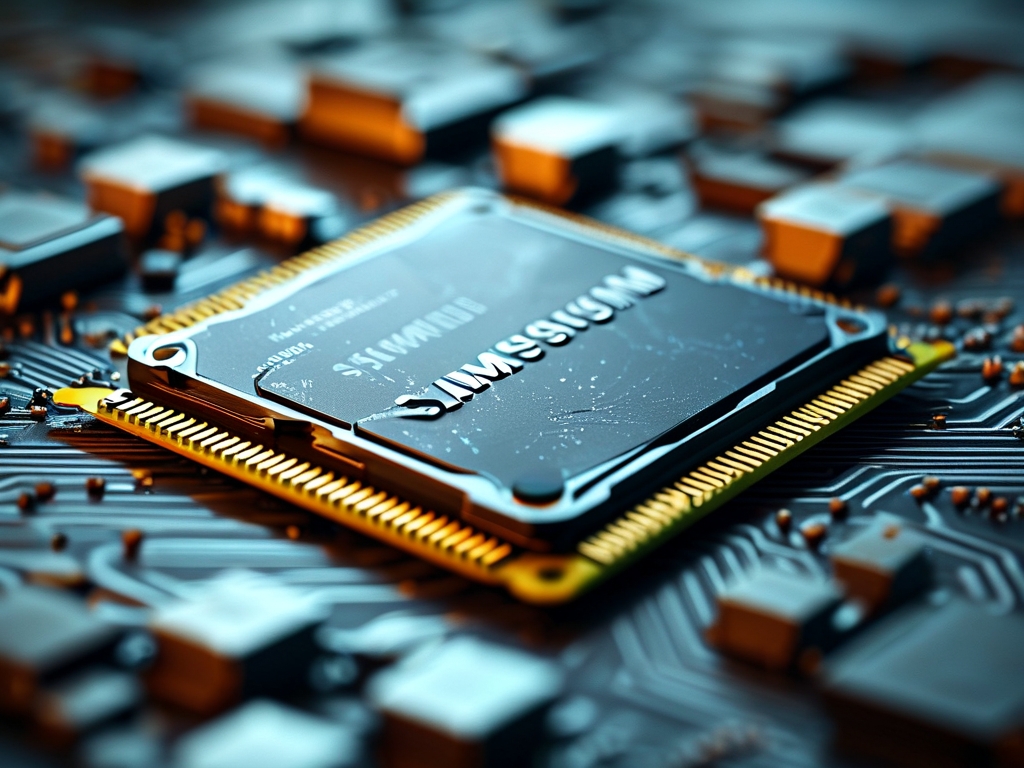In the competitive landscape of modern computing and mobile technology, memory management has emerged as a critical battleground for performance optimization. Samsung, a global leader in semiconductor innovation, has consistently pushed the boundaries of memory technology. At the heart of its success lies its precision memory management system—a sophisticated blend of hardware and software designed to maximize efficiency, speed, and reliability. But where exactly does Samsung’s precision memory management shine, and how does it redefine user experiences? This article delves into the mechanisms, applications, and future implications of this groundbreaking technology.

1. The Foundation of Samsung’s Memory Expertise
Samsung’s dominance in memory technology is rooted in decades of research and development. From DRAM to NAND flash storage, the company has pioneered advancements that power everything from smartphones to data centers. However, raw hardware capabilities alone aren’t enough. Precision memory management acts as the "brain" that orchestrates how data flows, ensuring minimal latency, reduced power consumption, and optimal resource allocation.
Key components include:
- Dynamic Voltage and Frequency Scaling (DVFS): Adjusts power delivery based on real-time workload demands.
- AI-Driven Resource Allocation: Machine learning algorithms predict usage patterns to preload or prioritize critical tasks.
- Garbage Collection Optimization: Enhances flash storage longevity by efficiently managing write/erase cycles.
2. Precision in Mobile Devices
Samsung’s Galaxy smartphones and tablets are prime examples of precision memory management in action. With multi-app workflows, gaming, and 5G connectivity straining hardware, Samsung’s approach ensures seamless performance.
- App Prioritization: The system identifies frequently used apps (e.g., messaging, camera) and reserves memory for instant access.
- Background Process Control: Aggressively limits background activities to prevent unnecessary battery drain.
- Adaptive Refresh Rates: Syncs display refresh rates with content demands, reducing GPU memory load.
In devices like the Galaxy S23 Ultra, this translates to faster app launches, smoother multitasking, and up to 20% longer battery life compared to previous generations.
3. Enterprise and Data Center Applications
Beyond consumer gadgets, Samsung’s precision memory management is revolutionizing enterprise solutions. Data centers handling AI training, cloud computing, and real-time analytics require flawless memory coordination.
- High-Bandwidth Memory (HBM): Used in GPUs and AI accelerators, Samsung’s HBM3 chips feature error-correction algorithms that minimize data loss.
- Virtual Machine Optimization: Allocates memory dynamically across virtual machines to prevent overprovisioning.
- Energy Efficiency: Reduces power consumption by up to 30% in server farms through intelligent idle-state management.
Case studies from AWS and Microsoft Azure highlight how Samsung’s technology enables faster data retrieval and lower operational costs.
4. Challenges and Innovations
Despite its strengths, precision memory management faces hurdles. As applications grow more complex, balancing speed, capacity, and energy efficiency becomes harder. Samsung addresses these through:
- 3D Stacking Technology: Vertically layered memory cells increase density without sacrificing speed.
- LPDDR6 Development: Next-gen low-power DDR6 RAM aims to double bandwidth while cutting voltage requirements.
- Quantum Computing Readiness: Research into non-volatile memory solutions for quantum-era workloads.
5. Comparison with Competitors
How does Samsung’s approach differ from rivals like SK Hynix or Micron? While competitors focus on raw speed or capacity, Samsung emphasizes holistic system integration. For instance:
- Hybrid Memory Cube (HMC): A discontinued but influential design that combined logic and memory layers for reduced latency.
- Partnerships with Google/Android: Deep software-hardware collaboration enables OS-level memory tweaks unavailable to other manufacturers.
6. The Future of Precision Memory Management
Looking ahead, Samsung is investing in:
- Neuromorphic Computing: Brain-inspired architectures that merge processing and memory units.
- 6G Connectivity: Ultra-low-latency memory systems for real-time edge computing.
- Sustainability: Recyclable materials and energy-efficient designs to meet ESG goals.
Samsung’s precision memory management isn’t just about doing more with less—it’s about redefining what’s possible. By blending cutting-edge hardware with adaptive software, the company ensures its solutions remain indispensable across industries. As data demands explode, Samsung’s relentless focus on precision will likely keep it at the forefront of the memory revolution.

